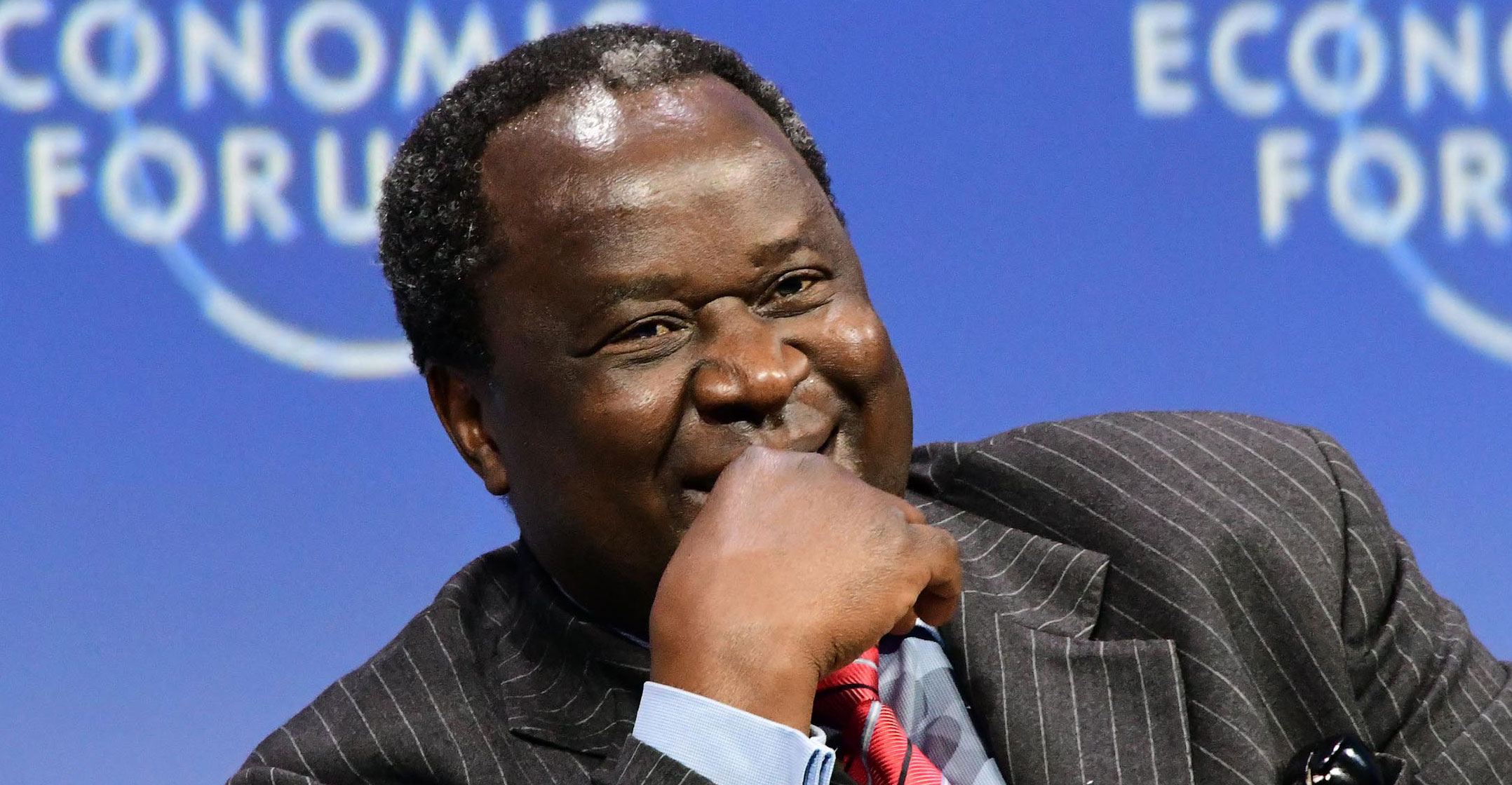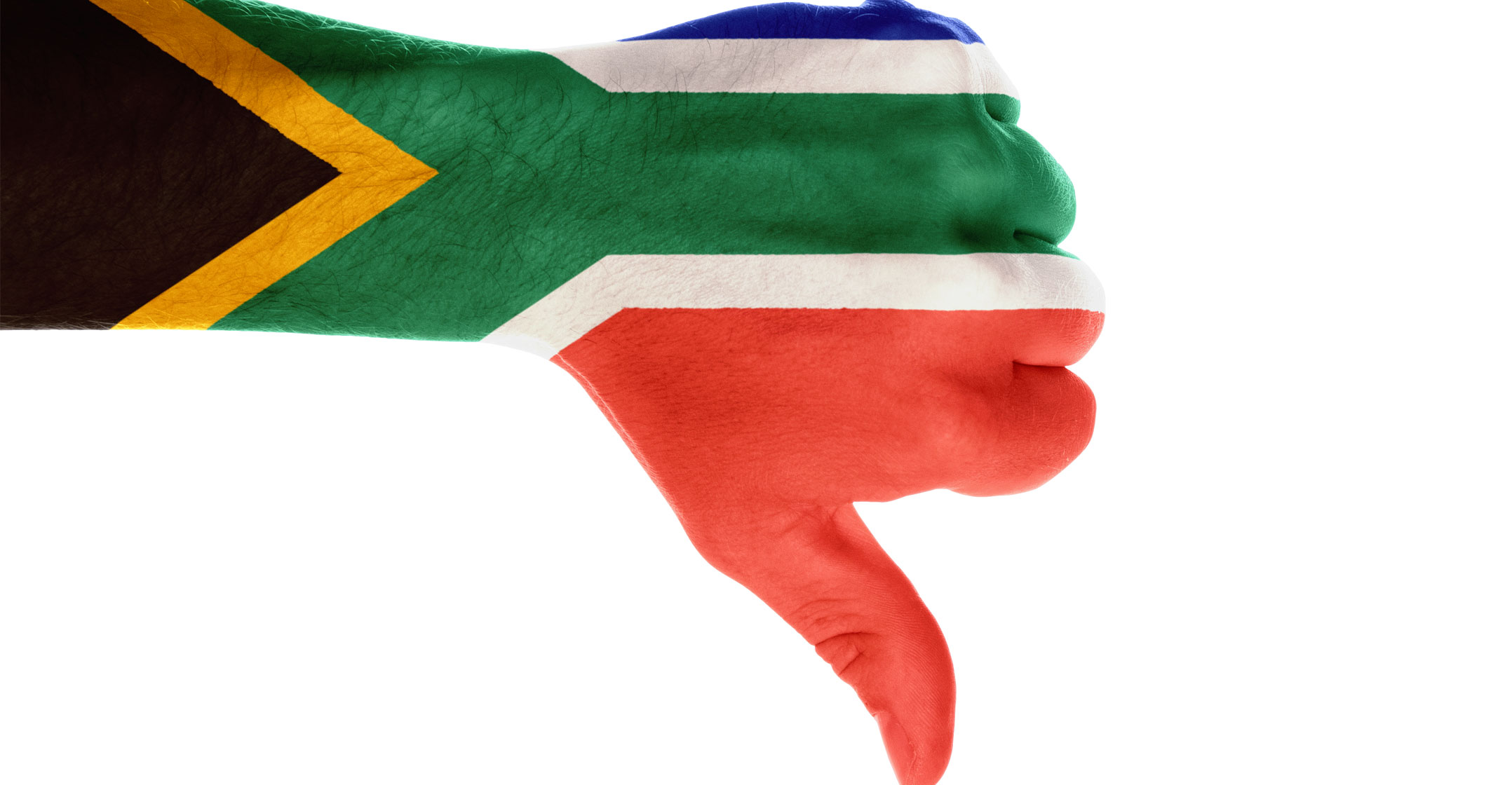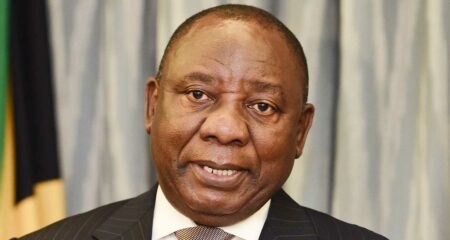
Government has spent months mostly talking about how to save the debt-stricken state power utility Eskom, spur economic growth and get its shaky finances back on track. Financial realities may force an end to the dithering.
The government will have to make some decisions by 30 October, when finance minister Tito Mboweni is due to deliver his mid-term budget policy statement and set out how massive bailouts for Eskom will be funded at a time when growth and tax revenue are falling short of target. That’s two days before Moody’s Investors Service is scheduled to make a call on the nation’s only remaining investment-grade credit rating.
“We are really running out of time,” Isaac Matshego, an economist at Nedbank, said by phone. “The number one priority for the government right now should be to stabilise the key state-owned enterprises, not only because they are failing operationally but also because they are a heavy burden on the fiscus.”
President Cyril Ramaphosa’s ability to push through unpopular policies is constrained by his tenuous hold on the deeply divided ANC and opposition from its labour union and communist allies, who oppose privatisation, fearing job losses. The slow pace of reform has frustrated investors, driven business confidence to the lowest level since 1985 and weighed on the rand — it’s slipped 23% against the dollar since Ramaphosa took office in February last year. The currency weakened 0.2% to R15.08 to the greenback by 7.39am in Johannesburg on Monday.
Progress has been particularly slow when it comes to fixing Eskom, which supplies about 95% of the nation’s power and is seen as the biggest risk to the economy. The utility has been without a permanent CEO since Phakamani Hadebe quit in July, isn’t generating enough revenue to cover its costs and has been allocated R128-billion in bailouts over three years to remain solvent.
Energy blueprint
The government signalled its intent to act decisively in August, as the treasury asked departments to prepare budget proposals to cut their spending by an average 6% over the next three fiscal years — saving as much as R300-billion. Eskom’s turnaround strategy is now due to be unveiled by the end of this month, as is its new CEO and the energy blueprint.
“Ramaphosa is now fully aware that he must be seen to be doing things and taking control and that the time for treading water is over,” Susan Booysen, director of research at the Mapungubwe Institute for Strategic Reflection, said by phone. “All those comments that he was a lame duck president and he was unable to control the factions in the ANC must have hit home.”
 Even so, differences persist within the government and ruling party over how best to revive the economy.
Even so, differences persist within the government and ruling party over how best to revive the economy.
While the treasury suggested in August that Eskom could sell power plants to settle its R450-billion of debt and that other assets be privatised, these proposals failed to win public endorsement from the ANC. The party has traditionally sought to build consensus among its widely divergent constituents, which has all too often resulted in policy paralysis.
“The next steps will require political capital expenditure and that’s where things will get difficult,” said Peter Attard Montalto, head of capital markets research at research firm Intellidex. “Effecting major policy shifts will be both challenging and time-consuming.” — Reported by Mike Cohen and Paul Vecchiatto, (c) 2019 Bloomberg LP




